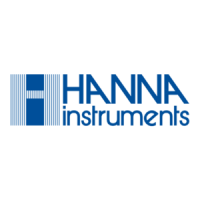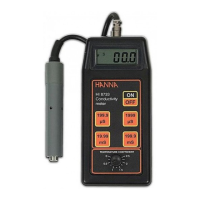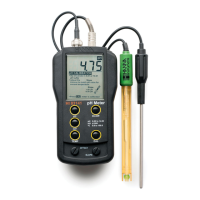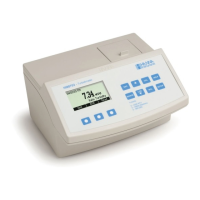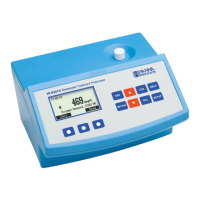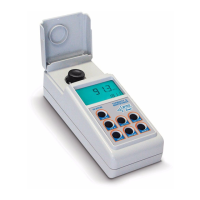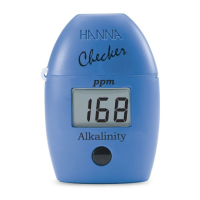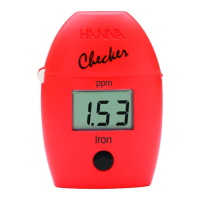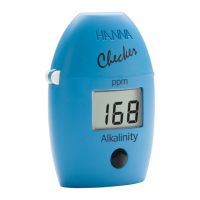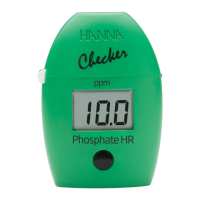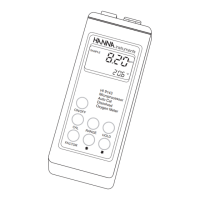4
An important reason for adding SO
2
is to avoid oxidation. When there is oxygen around, SO
2
itself
becomes oxidized before phenol compounds in the wine , and so acts as an oxygen scavenger. Also
SO
2
suppresses the activity of enzymes that cause browning and other problems.
What is really protecting your wine is molecular SO
2
. When you add SO
2
, depending of circum-
stances, some of it immediately becomes bound. The relationship between the amount of added SO
2
and the amount of SO
2
remaining free is complex. It is clear, however, that it is largely governed by
the total SO
2
content of the wine. The rate of binding decreases as the free SO
2
concentration
increases. The exact relationship between free and bound (total - free) SO
2
will vary from wine to
wine.
Below 30-60 ppm, 33% to 50% of SO
2
addition becomes bounded. What remains is called “free”
and it is divided in two parts. The larger, and relatively ineffective free part is “bisulphite” (HSO
3-
). The
smaller part of the free is the active molecular SO
2
. The amount of molecular SO
2
in your wine
depends both on the level of free SO
2
present as well as pH. For instance, at pH 3.2, the amount of
free SO
2
for 0.8 ppm molecular SO
2
is 22 ppm. At pH 3.5, you will need 43 ppm free - essentially
double.
Free SO
2
concentration (ppm) for 0.8 ppm molecular SO
2
:
In most situations, 0.8 ppm molecular SO
2
during bulk storage and at bottling will provide you with
adequate protection from oxidation and bacterial action. This includes prevention of malolactic
bacteria as well.
It is important to remember that the amount of free SO
2
in the wine depends on three things: how
much is added, how much was present before the addition and how much of your addition promptly
becomes bound.
The level at which molecular SO
2
can be detected by the human senses is about 2.0 ppm. This is also
the level which is needed for maximum protection of your wine. This is particularly true in the case
of sweet, and most notably, botrytised wines.
The Hanna HI 84100 offers the possibility to test free or total SO
2
in all the wines including the red
ones, that are difficult to test with manual methods because the color changes are hardly seen.
SIGNIFICANCE OF USE
pH 3.0 3.1 3.2 3.3 3.4 3.5 3.6 3.7 3.8 3.9
Free SO
2
14 18 22 28 35 44 55 69 87 109
17
STORAGE PROCEDURE
To minimize clogging and assure a quick response time, the glass bulb and the junction of the
electrode should be kept moist and not allowed to dry out.
Replace the solution in the protective cap with a few drops of HI 70300 Storage Solution or, in its
absence, Filling Solution (HI 7082). Follow the Preparation Procedure before taking measurements.
Note: NEVER STORE THE ELECTRODE IN DISTILLED OR DEIONIZED WATER.
PERIODIC MAINTENANCE
Inspect the electrode and the cable. The cable used for connection to the instrument must be
intact and there must be no points of broken insulation on the cable or cracks on the electrode
stem or bulb. Connectors must be perfectly clean and dry. If any scratches or cracks are present,
replace the electrode. Rinse off any salt deposits with water.
Probe Maintenance
Refill the reference chamber with fresh electrolyte (HI 7082). Allow the electrode to stand
upright for 1 hour. Follow the Storage Procedure above.
CLEANING PROCEDURE
• Wine deposits Soak in Hanna HI 70635 cleaning solution for 15 minutes
• Wine stains Soak in Hanna HI 70636 cleaning solution for 15 minutes
IMPORTANT: After performing any of the cleaning procedures, rinse the electrode thoroughly
with distilled water, refill the reference chamber with fresh electrolyte and soak the electrode in
HI 70300 Storage Solution for at least 1 hour before taking measurements.
For faster response, unscrew the fill hole screw during measurements.

